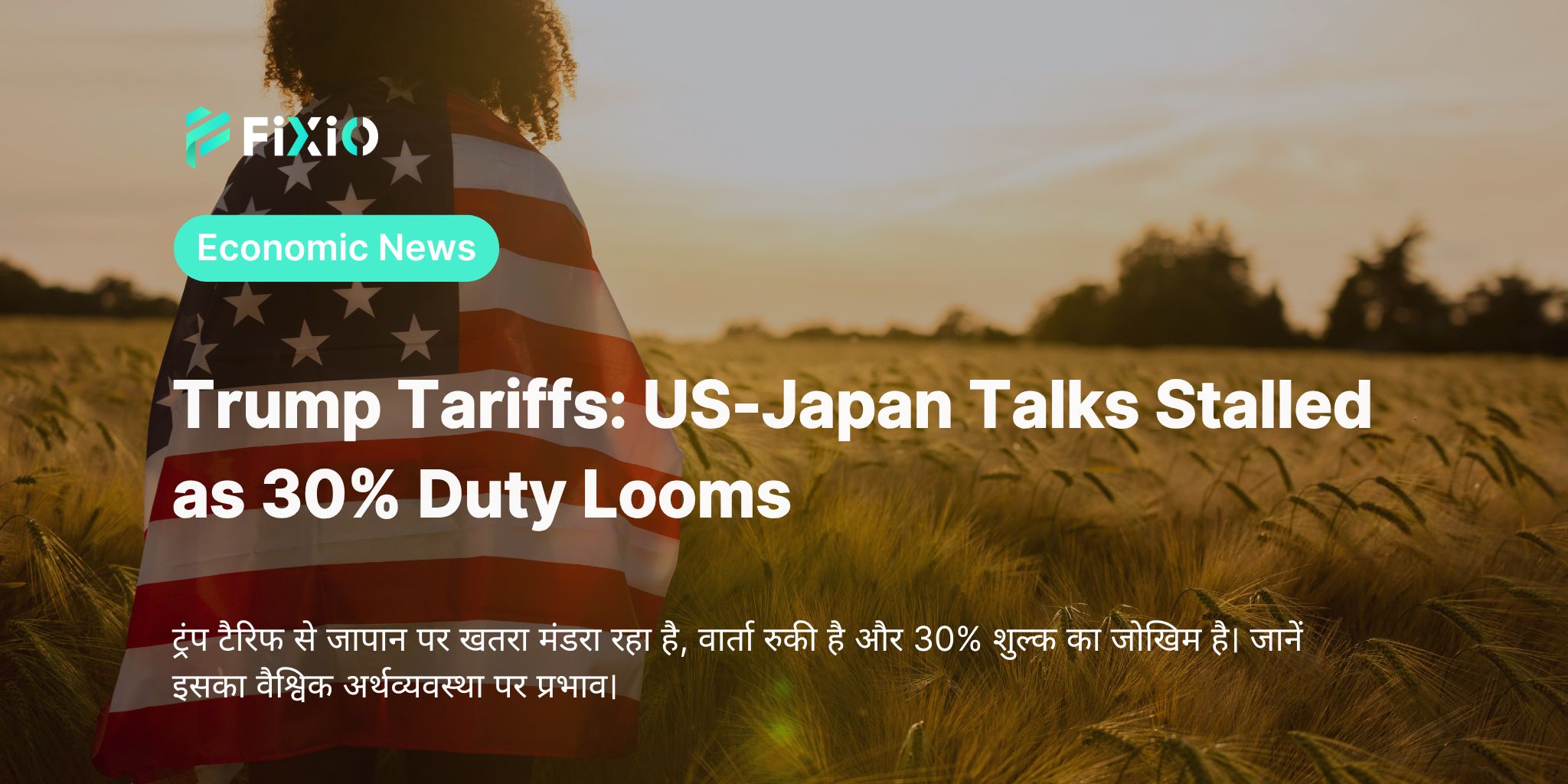
The term Trump Tariffs is once again dominating headlines as tensions escalate between the United States and Japan. In July 2025, US President Donald Trump declared, “I don’t know if we can reach an agreement. Probably not,” referring to the latest round of tariff negotiations with Japan. He made it clear that Japanese imports may soon face tariffs as high as 30% or even 35%, sending shockwaves through global markets and major industries.
The US and Japan are among the world’s largest trade partners. President Trump, however, criticized Japan for being “very tough” and “spoiled for too long,” highlighting his long-standing frustration with Japan’s refusal to open its markets to US-made automobiles and rice, as well as the persistent US trade deficit with Japan. With the echoes of the US-China trade war still fresh, economic friction between the US and Japan is now in the spotlight.
First, a tariff is a tax imposed by a government on imported goods. Tariffs are commonly used to protect domestic industries and adjust the balance of trade. Under the Trump administration, tariffs have become a frequent tool of negotiation—and a source of global uncertainty.
On April 2, President Trump announced a blanket 10% tariff on Japanese imports, along with an additional 14% surcharge, totaling a potential 24% reciprocal tariff. The two countries have been negotiating until July 9 to avoid the surcharge, but talks have reached a stalemate, especially over automobile tariffs. President Trump has said he is “not considering” extending the deadline, meaning higher tariffs could take effect soon if no deal is reached.
If Trump Tariffs are enacted, Japanese exporters—especially in the automotive industry—could face serious challenges. US consumers might also see higher prices on Japanese goods, from cars to electronics and agricultural products. Trade experts warn that escalating tariffs could disrupt global supply chains and damage long-term business relationships between the two economies.
With negotiations at an impasse and the threat of 30% or 35% Trump Tariffs looming, both sides face tough decisions. Japan, known for its resilient export sector, may seek to diversify markets or negotiate exemptions for key products. Meanwhile, the US aims to reduce its trade deficit and gain concessions, particularly in sectors like agriculture and automobiles.
The Trump Tariffs debate marks a critical juncture in US-Japan economic relations. As negotiations falter, the risk of higher tariffs and renewed trade tensions grows. Both governments must balance political priorities with economic realities, while businesses brace for uncertainty. Stay informed with the latest Forex trading news and analysis. Visit our website now at: https://fixiomarkets.com/en/prex-blogs
Trump Tariffs threaten Japan as trade talks stall, risking 30% duties. Learn how Trump Tariffs may impact the global economy.
Superior trade execution & trading conditions with the NDD method.

The online FX industry provides a platform for investors worldwide to engage in the buying and selling.

Subscribe to our daily newsletter and get the best forex trading information and markets status updates
Trade within minutes!
Comment (0)